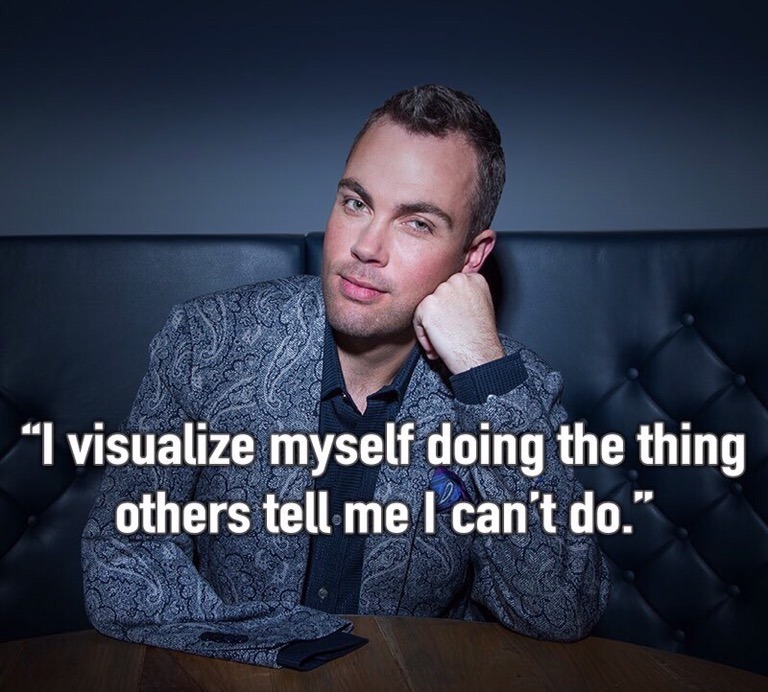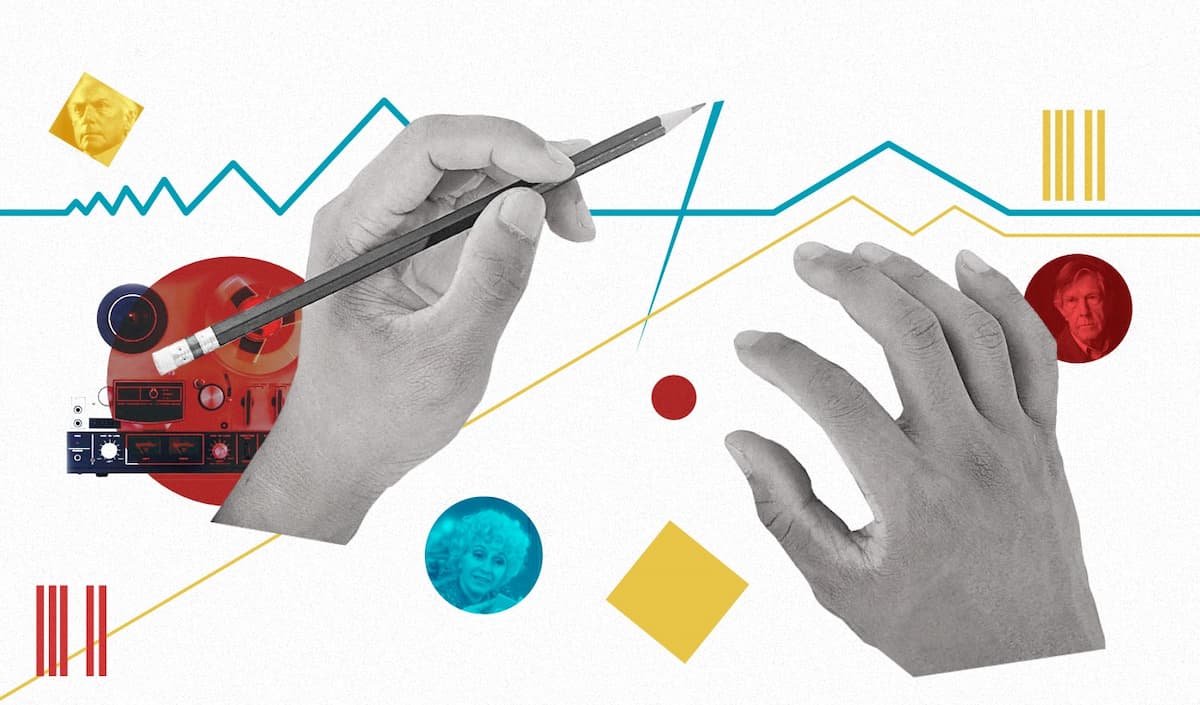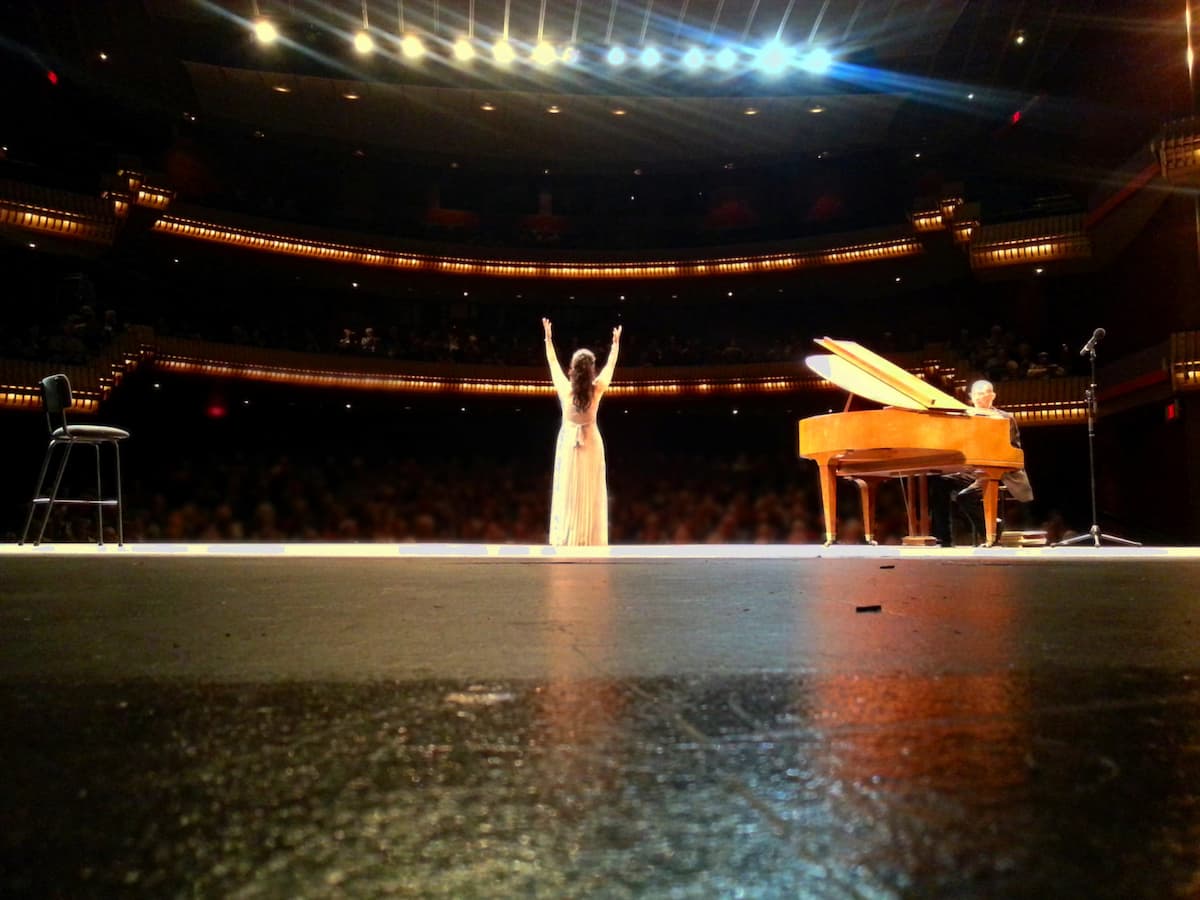What is Visualisation?

Visualisation techniques have been used by sports people and sports psychologists for some time now to enable the tennis player or athlete, the golfer or cyclist to prepare for a match-winning shot or prize-winning sprint. The technique involves imagining an ideal scenario and positive outcome to achieve one’s goal. Musicians are now using similar techniques to create better results and more vivid, expressive music than physical practising alone can achieve. Visualisation techniques also have a role in coping with anxiety and can help create a sense of inner calm before a concert or important performance.
Shaping Phrases
Use one’s mind’s eye, and ear, to imagine the shape and sound of a particular phrase, its arc and its conclusion. Picture the movement of fingers, hand and arm flowing through the phrase, hear the phrase internally, play the phrase in your head and only when you are completely comfortable with the “inner aural picture”, play the phrase on the piano. Listen closely, and note the physical sensations of playing the phrase (the pads of the fingers touching the keys, the flexibility of hand and wrist, the movement of the forearm, breathing). This information provides expert, personal feedback to enable one to play the phrase in the same way each time. Gradually, just as in repetitive physical practice, brain and body learn the sequence of movements and expected sounds to recreate the phrase, and the habit of visualising the music before one plays becomes almost intuitive. This kind of visualisation can also be done away from the piano: imagine hearing the music in your mind’s ear, while in your mind’s eye imagine the fingers playing each note, tackling that tricky fioritura or complex passage, and shaping the music. You don’t even need the score to practise like this.
Colouring Sound

© davidhall.io
A passage may call for a certain instrumentation – the brightness of brass, the warm sonority of woodwind, plucked ‘pizzicato’ strings, the lucid cantabile of the human voice. Take a moment to hear the sound internally, play it through in your mind – “imagine the sound” – and then play the passage. I use this technique very frequently in my own playing and teaching, and it never fails to amaze me how easily the sounds heard in one’s head can translate to the desired sounds on the keyboard. It reminds one that the imagination is a very powerful tool: the only limit to visualisation is the constraint of one’s imagination.
Relieving and Mental Physical Tension
One of my teachers has a very simple but immediately useful exercise – to imagine the arms are supported on a hot air balloon. They are floating slowly upwards on a lovely warm cushion of air. When the arms are about forehead height, the balloon is replaced by a parachute which gently floats the arms and hands down into the keyboard. This creates a wonderful lightness and softness in the hands, wrists and forearms and provides the perfect position from which to play and create a good sound.
If you are prone to physical tension when you play, first centre yourself at the keyboard, mentally and physically. Close your eyes and imagine yourself playing the first phrase of your piece – inhale and exhale slowly and as you do, float your hands to the keyboard, hear the first phrase in your head, imagine the movements you will make to play the first phrase, and only when you are ready, play the phrase. Continue to play while visualising effortless playing with a calm and focused state of mind.
Managing Anxiety

© Washingtonian Media Inc
Athletes are masters of “relaxed concentration” and the ability to imagine graceful movement and successful outcomes. We too can use visualisation techniques to launch a successful and convincing performance from the opening phrase to the closing cadence. In the (roughly) 24 hours leading up to a performance, make sure body and mind are rested, free of extraneous thought or activity. In the hour or so before the performance begins, run a scenario through your mind: picture yourself calmly walking to the piano. You pause by the piano to take a bow and acknowledge the audience. You sit at the piano and lift your hands to the piano to begin the first piece. All your movements are calm and relaxed, your mindset is positive and focused. You play the music through in your mind, always aware of your physical sensations. All the time, imagine you are calm and relaxed, free of tension in body and mind. Most musicians have their own personal strategies for managing anxiety, but calling on the imagination can be a surprisingly powerful tool. Whether you imagine you are walking barefoot through a cooling stream or dew-soaked grass or you are watching yourself play with movements that are effortless and graceful, using visualisation can be a very powerful tool when it comes to achieving your goals. It is said that the brain cannot differentiate between “intense visualisation” and reality. So if you close your eyes and play out the role or scenario in your mind of how you want to project yourself, imagining confidence, a vivid and expressive sound, deep communication with your audience, when you actually perform the brain will be relaxed and ready. However, it must not be forgotten that visualisation cannot replace the confidence that comes from hours and hours of intelligent, focused practising.
For more of the best in classical music, sign up to our E-Newsletter




